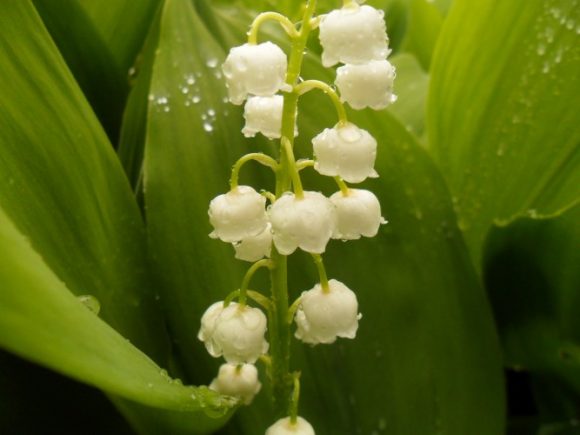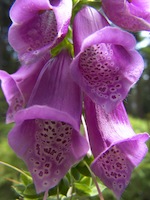Search Results for “”
Lily of the Valley is the Right Flower for Special May Occasions
Lilies of the valley are the traditional flower for the month of May. This tradition began in the 1560s when King Charles IX of France was given a stem of lily of the valley as a May Day gift. The flower has since been said to bring good luck. Continue reading [...]
Celebrate the Lily This May!
We have about two weeks left of May, which means there are about 14 days remaining to celebrate May flowers. Of course, we love flowers and think that any variety is perfect for enjoying anytime. But, it’s often fun to give flowers – and to keep them in our homes – during a certain month that are associated with that month. Continue reading [...]
Killer Flowers that are Drop Dead Gorgeous
Beauty comes with a price.
In the evolutionary arms race to both attract pollinators to their flowers and repel herbivores from munching on their leaves, many plants have developed an arsenal of chemical weapons. Carefully created compounds inside many plants' leaves, roots, seeds and stems give them a defense mechanism against passing grazers. What many of us don't realize, however, is that some of the loveliest flowers in a bouquet can also be some of the deadliest. While it would take quite a bit of munching on these drop dead gorgeous blooms to actually cause a human much harm, their toxic nature certainly lends a new respect to these frilly florist favorites. Continue reading [...]
Perennial Spring Flowers
With spring upon us, many are excitedly awaiting the blooms of perennial spring flowers. Whether you are planning which arrangements you’d like to have at your spring wedding, or planning your own personal garden, there are plenty of beautiful perennial spring flowers from which to choose. Continue reading [...]
May Flowers
This flower guide for the month of May gives you the meaning of flowers (the lily of the valley, is the birth month flower for May. An alternative May birthday flower is the hawthorn). Read on to discover what message you're sending when you include these flowers in a bouquet for some who has a birthday this month. Continue reading [...]



